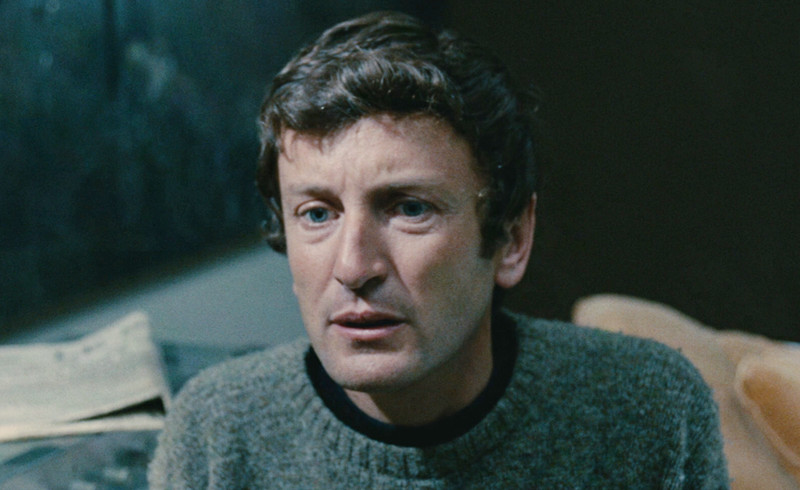
Classic sci-fi movies like Metropolis, Blade Runner, and 2001: A Space Odyssey have influenced future films within the genre immensely. The amount of discourse surrounding these films continues to grow to this day. Because of that, it’s best to leave those discussions alone; we’ve seen enough. Fans of the genre are well aware of the impact these movies have had on cinema.
That brings us to this list. Instead of discussing the big names, the focus will be on more obscure releases that hit just as hard. You’ll find a mix of cinephile favorites, cult classics, and completely forgotten science fiction gems here. What you hopefully won’t find is a list of movies that we’ve heard about time and time again.
The goal here is to broaden some horizons. Obscurity is not the same thing as poor quality. Films manage to fall through the cracks for numerous reasons, but that doesn’t mean they don’t deserve recognition. If that were the case, we wouldn’t need articles like this.
1. The Face of Another (1966)
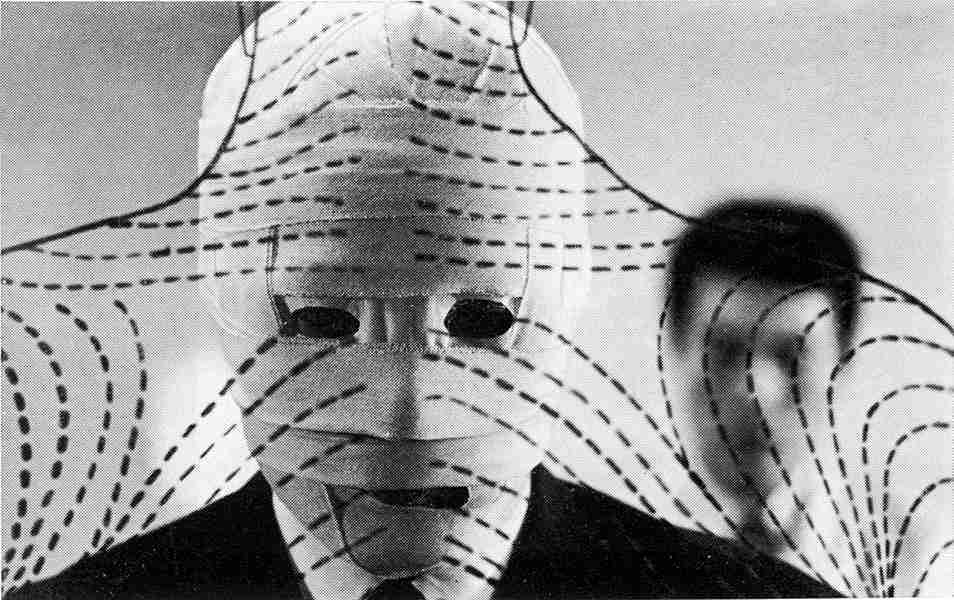
Hiroshi Teshigahara is perhaps best known for 1964’s Woman in the Dunes, a film that earned him a Best Director nomination at the Academy Awards. Today, it’s widely heralded as one of the greatest films of all time. While it’s not quite as well-known as something like The Godfather, it has had plenty of attention given to it throughout the years. Unfortunately, the same can’t be said for The Face of Another, an equally experimental Kōbō Abe adaptation.
Although reception has grown warmer as the years go by, The Face of Another ultimately fails to get the recognition it deserves. It’s easy to argue that it lacks the gusto of something like Woman in the Dunes, but it has merits in other areas. In particular, it makes an effort to hone in on big questions.
Teshigahara attempts to look at the connection between mind and body. How much of your identity is tied to your appearance, and what happens when you dwell on how others perceive you? If your appearance drastically changes, do you lose part of your identity? These questions are explored with depth and care, which leads us to a movie that never talks down to its viewers.
The more intellectual properties stand out, but there’s also plenty to be said about the quality of the filmmaking. The Face of Another is a gorgeous motion picture with notable attention to detail. Teshigahara doesn’t just want to tell a thought-provoking story about a man who becomes unrecognizable; he wants to stun viewers with his exquisite craftsmanship.
2. On the Silver Globe (1988)
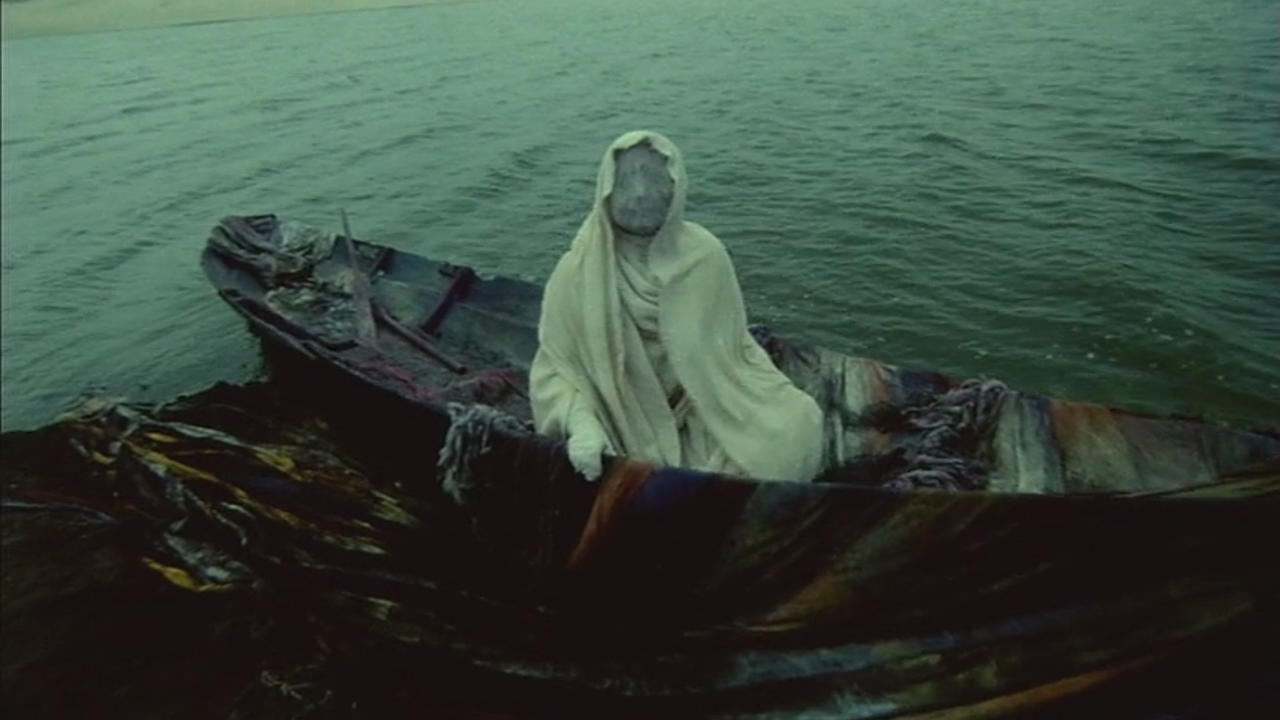
Out of every title on this list, On the Silver Globe stands out as the most peculiar. Andrzej Żuławski’s ambitious art film was never finished in the traditional sense. While the director was able to salvage a large percentage of his intended vision, we will never see a cohesive version of this film. Polish authorities shut down production in 1977, and although the film was technically completed years later, it wasn’t exactly given the Snyder Cut treatment.
This ultimately means that viewers need to adjust their expectations before diving into Żuławski’s dense sci-fi masterpiece. Due to the circumstances revolving around the production of the film, Żuławski chose to fill in certain gaps with narration. This obviously adds to the unfinished feel of the not-so-final-product. If you’re able to ignore the circumstantial faults, you’re liable to appreciate audacious scope and breathtaking visuals.
At the same time, it helps to have an appreciation of arthouse absurdities. On the Silver Globe isn’t as accessible as more mainstream releases. It’s often as extraordinary as it is perplexing. Viewers just need to understand that there are numerous intricacies that prevent casual viewing. You get out what you put in here, so set aside three hours of your time and let this unusual piece of Polish history take you on a journey.
3. Je t’aime, je t’aime (1968)
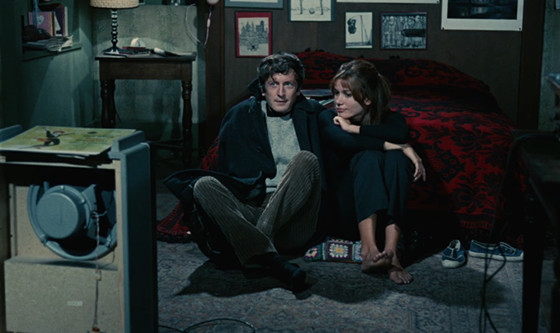
Je t’aime, je t’aime introduces us to Claude, a suicidal man who decides to participate in a time travel experiment. In theory, this experiment will allow him to go back to periods in his life for small increments of time. Things quickly go awry when Claude begins traveling to random moments in his life with no obvious pattern. With no control over when and where he appears, Claude’s mental state deteriorates.
To a lot of viewers, Je t’aime, je t’aime will come off as frustrating. Alain Resnais’s take on time travel doesn’t even attempt to tell a linear story. Instead, he floods viewers with fragmented pieces of the protagonist’s life. It’s up to the viewer to put the pieces together and determine the meaning of everything. It’s not completely obtuse, but it also doesn’t have the clearest of intentions.
Regardless, there’s so much to sit on here. Je t’aime, je t’aime practically begs viewers to watch it multiple times. Subsequent viewings uncover more pieces, but they also allow people to pick the protagonist’s brain apart. This kind of depth doesn’t come around often, so it’s best to power through and see what you can glean from it.
4. The Day the Earth Caught Fire (1961)
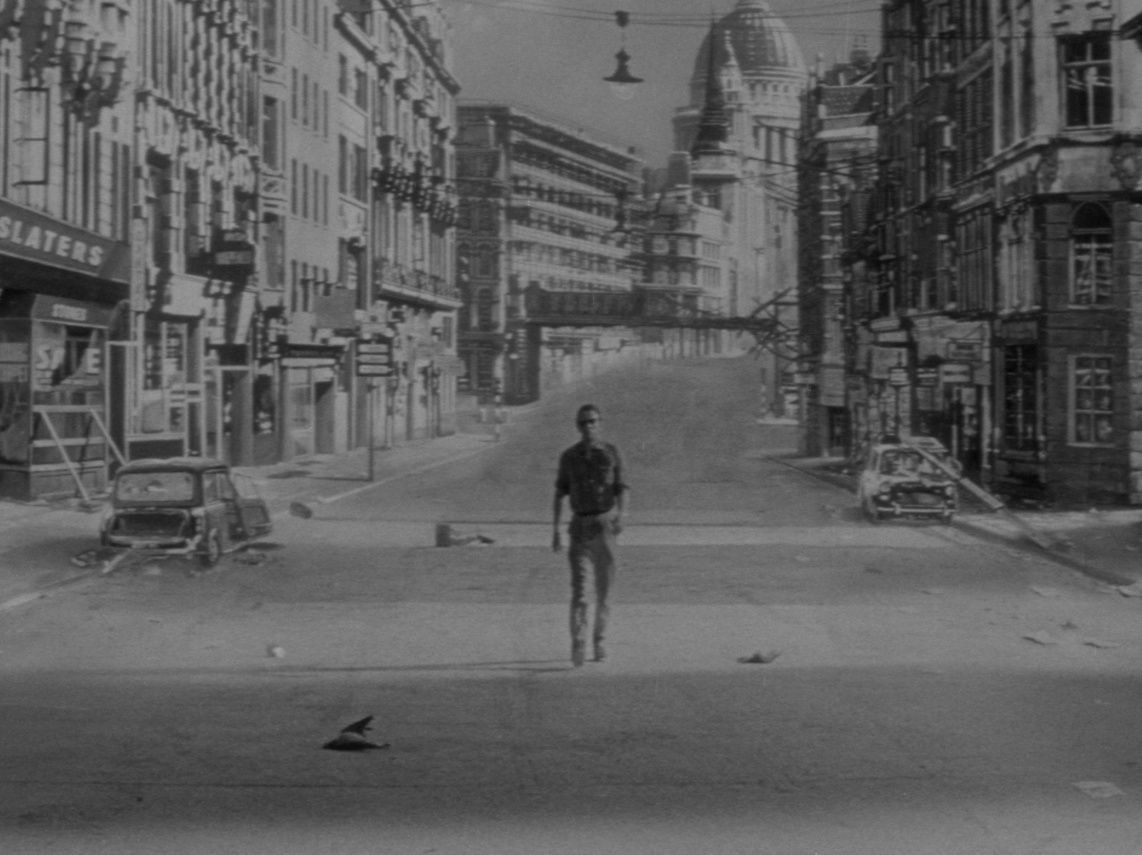
When you think about disaster movies, you probably think about Independence Day, Armageddon, and Twister. This subgenre has become chock-full of films that are heavy on visual effects and light on character development. This isn’t inherently troublesome, especially since most viewers watch them as a form of escapism. At the same time, it’s clear that there isn’t much variety when it comes to these types of releases. You know what to expect coming in, and while plenty of people will consider that a positive, there are others who want something different.
The Day the Earth Caught Fire is a far cry from the aforementioned films. Unlike so many other disaster flicks, the actual disaster happens in the background. This time around, the focus is on the individual characters who face their own personal disasters.
Peter Stenning is the overall protagonist here. He is tasked with learning more about the peculiar changes in the environment. Temperatures are out-of-whack, and it’s his job to figure out why. Unfortunately, he needs to face his personal demons before he can successfully complete this assignment.
In other words, this plays out more like a character study than a dumb, loud disaster movie. This approach works so well because, especially today, it allows the film to distance itself from so many loosely comparable movies. This is not the disaster movie we have grown accustomed to, and that’s a good thing. It’s smarter, leaner, and more effective.
5. The Man in the White Suit (1951)
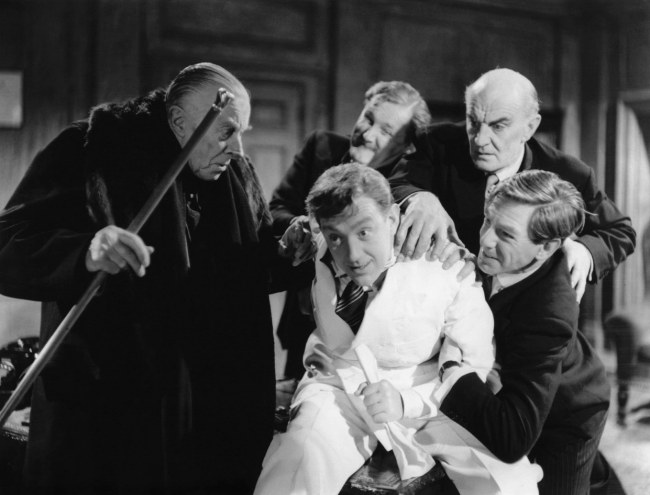
Imagine all the money you could save if your clothing repelled dirt, dye, and anything else that could ruin fabric. The Man in the White Suit, a satirical science fiction comedy from 1951, attempts to bring that hypothetical scenario to screens across the world.
In the film, Sid Stratton attempts to invent a long-lasting clothing fiber that would make laundry significantly easier. Unfortunately, the corporate big-wigs aren’t exactly keen on a product that would, in theory, stop the flow of money. See, if the fabric couldn’t get ruined, there would be little to no demand for the product.
This all leads to a pretty scathing critique of capitalism. Since it’s a never-ending cycle, it becomes nearly impossible to escape. It’s pretty clever stuff, but it’s not the only thing keeping this movie afloat. On the contrary, Alexander Mackendrick’s underrated film continues to dazzle for a variety of reasons.
Outside of its clever premise, The Man in the White Suit also benefits from witty dialogue and an undeniably charming leading man. Alec Guinness gives Stratton a prominent dose of personality that pairs well with the sharp screenplay. When everything works together in harmony, which is often, you’re left with something special.